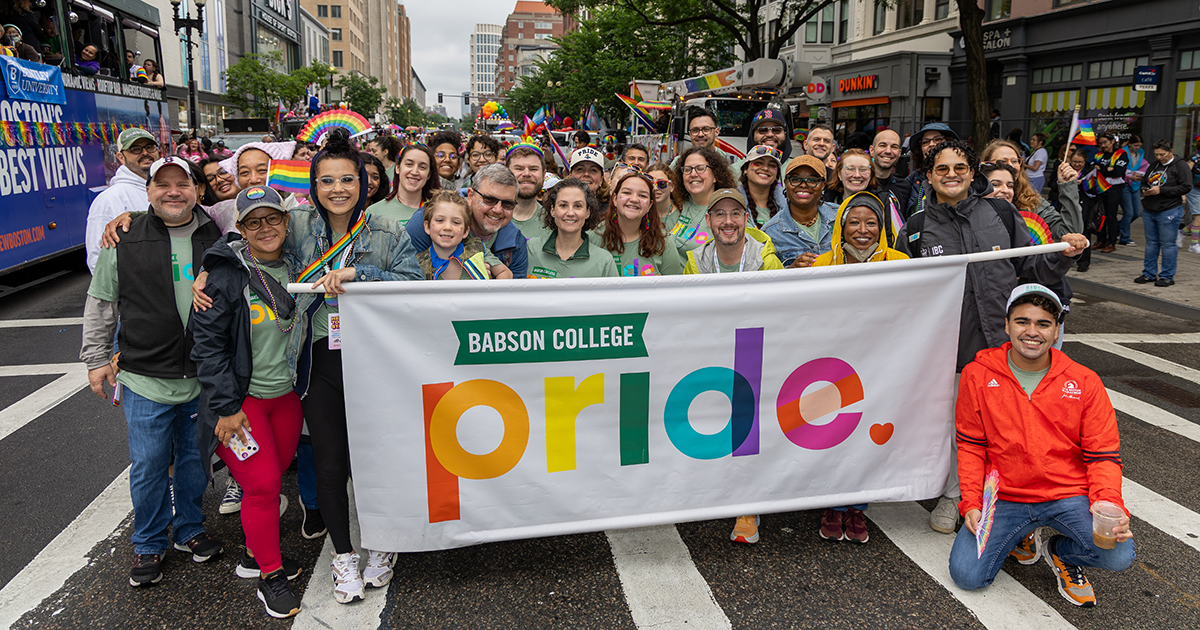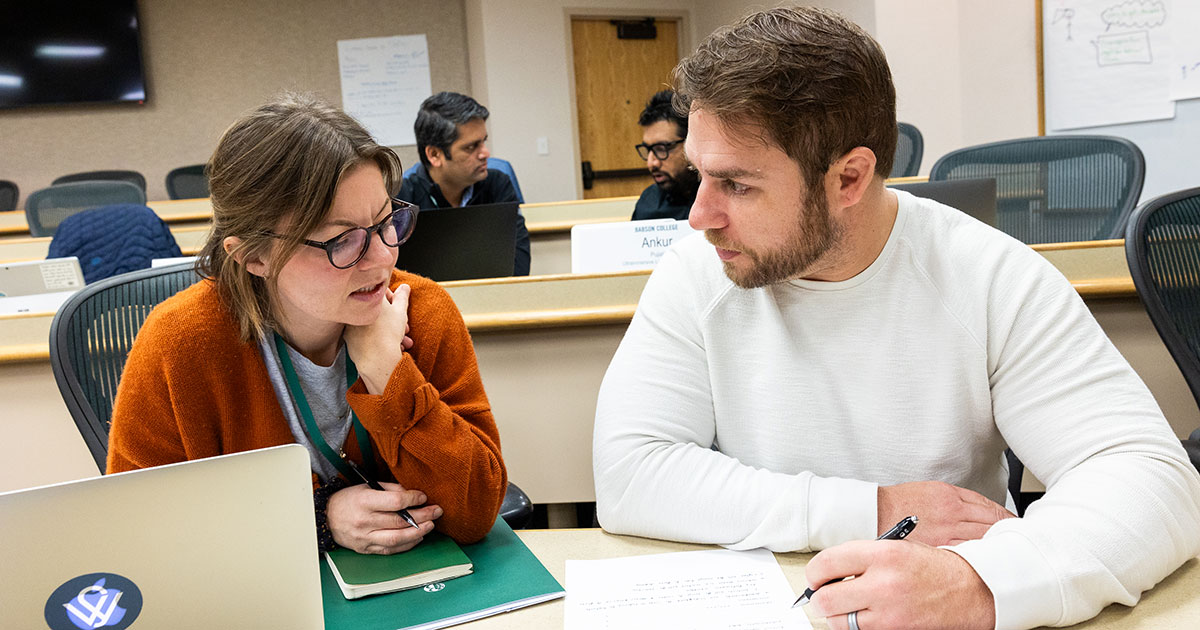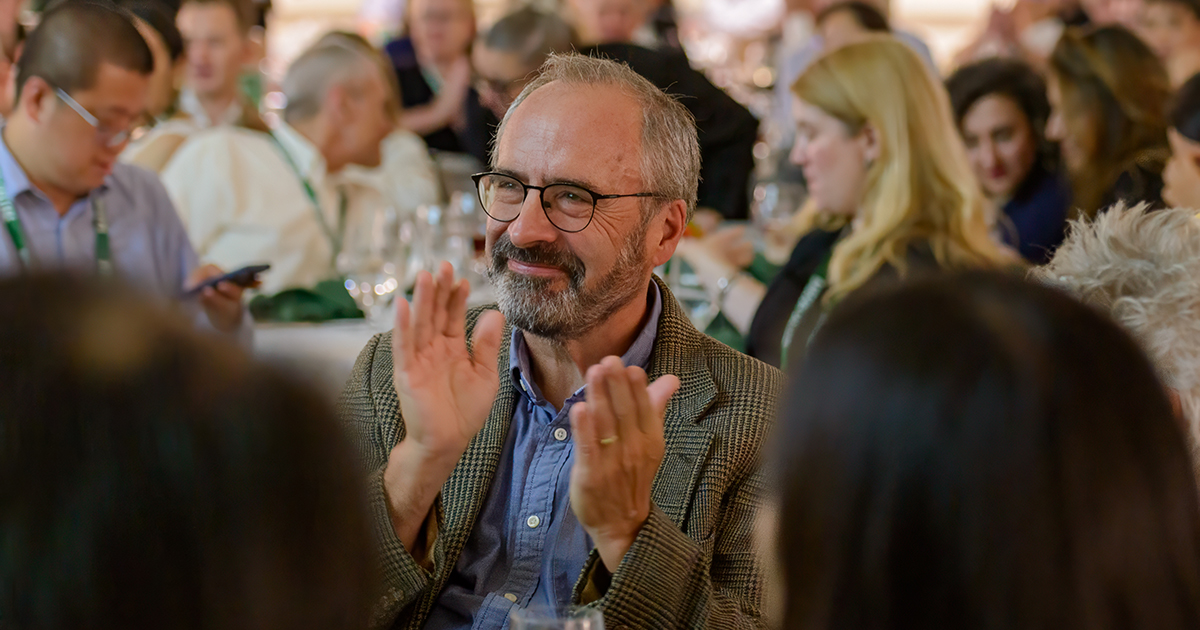Culture as the Strategy for Startup Success

In some circles, culture and strategy are considered to be separate. But, what if they are actually one and the same? And, what if together, they are the key to startup success?
In conversation with Debi Kleiman, executive director of The Arthur M. Blank Center for Entrepreneurship, at the Babson Entrepreneurship Forum, Bob Stringer explored culture, or “what people experience in an organization,” as the softer side of startup strategy.
Venture capitalist, author of Culture.Com, and director of the 2019 Summer Venture Program, Stringer has identified seven factors for winning startup culture, which range from learning and collaboration to transparency. And, yet, even with the growing sentiment that culture is a driver of high performance, many entrepreneurs and leaders are missing the opportunity to set and shape culture. And others may get unduly distracted by a relentless focus on growth or results.
So, how can entrepreneurs create the right kind of culture for startup success?
Start from the Beginning
Just because entrepreneurs have the chance to set the culture from the beginning doesn’t mean they always do. Approximately 40% of the entrepreneurs in Stringer’s research sample stated that they did not give much thought to culture when starting out. Stringer’s words of advice were to plan for culture from the get-go. For example, Diane Hessan, founder and former CEO of C Space, was very intentional from the beginning and built the company culture that she herself had always wanted to work in.
Another interesting observation from Stringer: Second- and third-time entrepreneurs are much more likely to focus on culture for startup success. More often than not, it’s the first-time entrepreneur who focuses on other areas like product development and customer acquisition—and it’s not until a year down the road when they run into an issue with culture that they realize their mistake.
Know Thyself
Stringer urged, “Every founder should look in the mirror.” What specifically should they assess? Their values and priorities and the types of people they want to invite into their companies. In his book, Stringer includes self-assessment tools and quizzes that guide founders through this process. He starts with a provocative question and challenges founders to examine their motives: “You should ask yourself over and over again, ‘Why the hell am I trying to start and build this new venture?’ ”
More often than not, it’s the first-time entrepreneur who focuses on other areas like product development and customer acquisition—and it’s not until a year down the road when they run into an issue with culture that they realize their mistake.
Set the Rules of Engagement for Startup Success
Stringer shared a story about Constant Contact and its former CEO Gail Goodman. In the 16-plus years that she served as CEO, she was relentless about listening to, understanding, and serving the company’s customers. So, when Massachusetts-headquartered Constant Contact opened a call center in Colorado, Goodman sent a team of managers there to instill the same customer-first values. They stayed for a month and, despite this considerable investment of time and money, it was worth it to Goodman.
As Stringer explained, “People have to be playing from the same playbook.” When companies scale, adding multiple layers, and spread, expanding to new geographies, it becomes all the more important to ensure that everyone understands and shares the same values.
Be Agile
Stringer explained numerous factors that contribute to successful startup culture. Two of them—messiness and learning—specifically lend themselves well to an environment and ethos of flexibility. Messiness encourages creativity and experimentation; and learning by doing translates to the willingness to make mistakes and the ability to adapt.
Ultimately, startup success means having the flexibility to allow a company to evolve and survive through changes and challenges. As Stringer put it succinctly, “You gotta keep your knees bent.”






